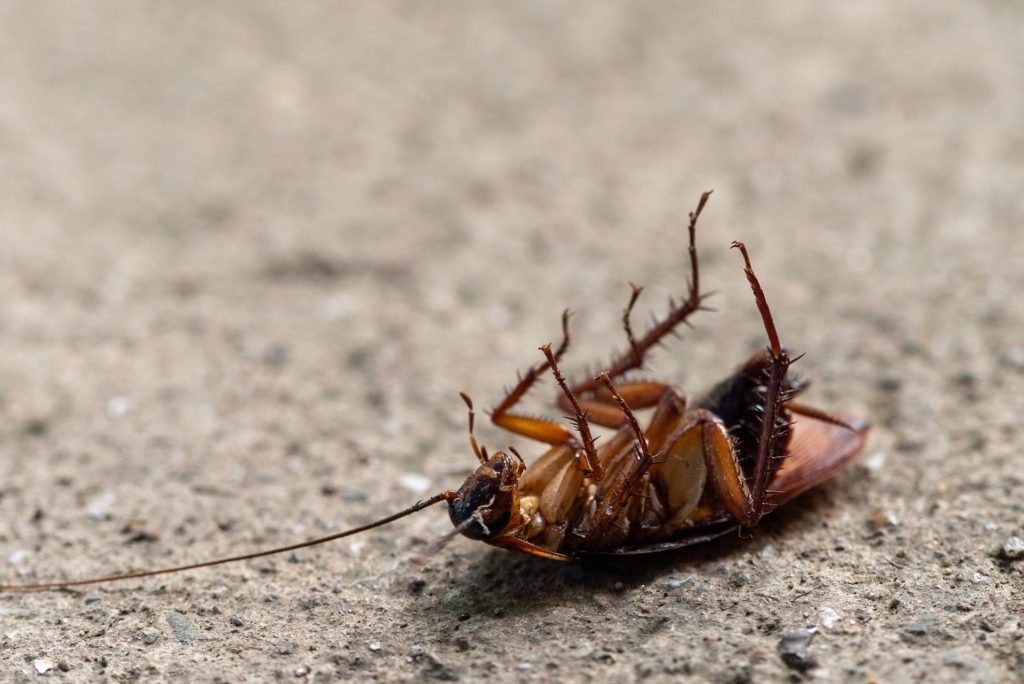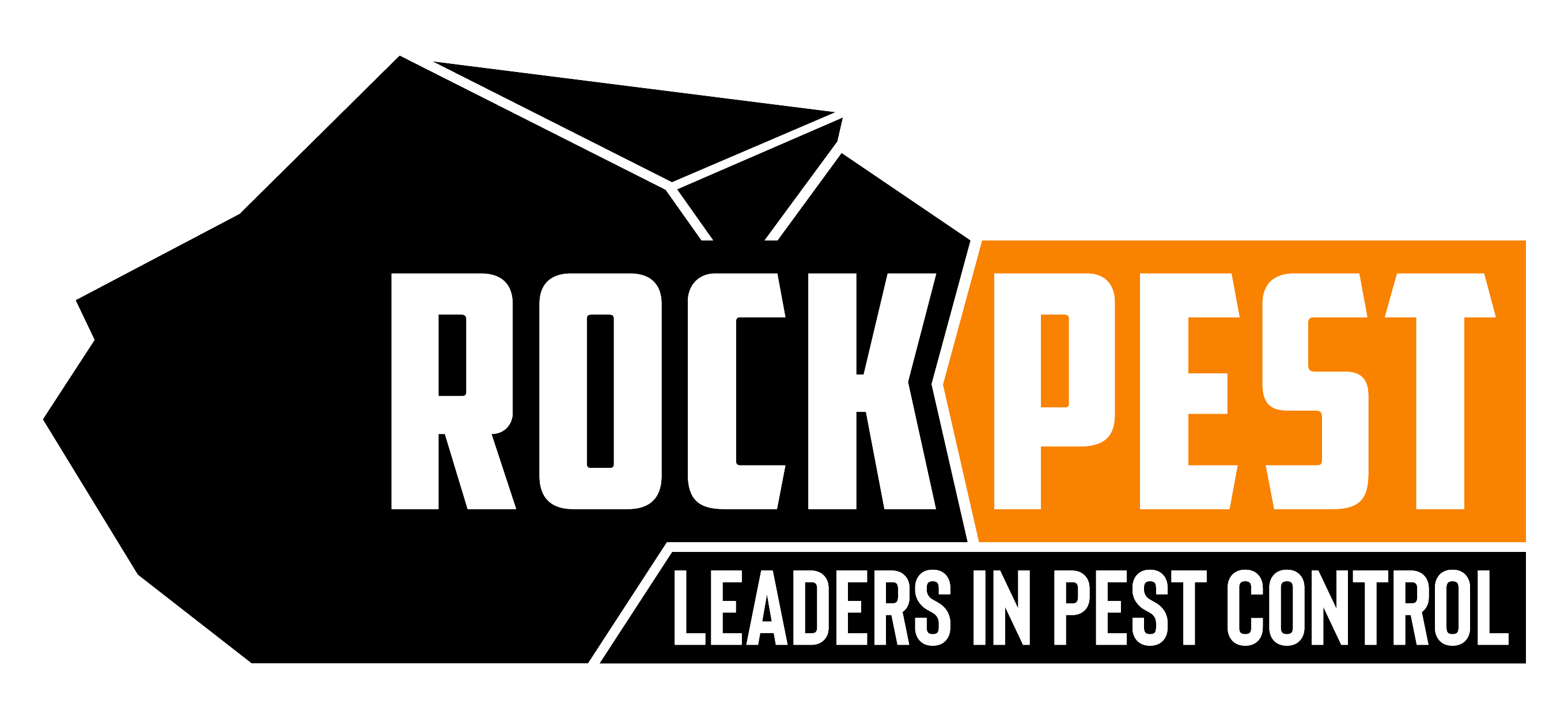What Are the Most Common Cockroaches and Their Differences?
Cockroaches are among the most common pests found in homes and businesses. They thrive in various environments, particularly those with easy access to food and water. Knowing the different types of cockroaches can aid in effective cockroach control by helping to identify the specific species infesting your space. In this blog post, we will cover the most common types of cockroaches and highlight their differences.

German Cockroach
Physical Characteristics
The German cockroach is small, usually about 0.5 inches long, and light brown with two dark stripes running from the head to the base of the wings. Despite having wings, they rarely fly and prefer running.
Habitat
German cockroaches are commonly found in kitchens and bathrooms because they need moist environments to survive. They hide in cracks and crevices during the day and come out at night to forage for food.
Behavior and Control
These cockroaches reproduce rapidly, making them difficult to control once an infestation starts. Effective cockroach control for German cockroaches involves keeping areas clean and dry, sealing entry points, and using baits or insecticides specifically designed for this species.
American Cockroach
Physical Characteristics
American cockroaches are larger, reaching up to 1.5 inches in length. They have a reddish-brown color with a yellow band outlining the area behind their heads. These cockroaches can fly short distances.
Habitat
They prefer warm, humid environments and are often found in basements, crawl spaces, and sewers. They can also be found in kitchens and bathrooms if they find their way inside.
Behavior and Control
American cockroaches are scavengers and will eat almost anything, including decaying organic matter. Cockroach control for this species includes maintaining cleanliness, reducing moisture levels, and applying insecticides to areas where they are known to hide.
Oriental Cockroach
Physical Characteristics
Oriental cockroaches are about 1 inch long and have a shiny black or dark brown appearance. They have wings, but they are not capable of flight.
Habitat
These cockroaches thrive in cool, damp areas such as basements, drains, and crawl spaces. They are often found in leaf litter and mulch outdoors and can enter homes through gaps and holes.
Behavior and Control
Oriental cockroaches are also known as “water bugs” due to their preference for damp environments. Effective cockroach control involves fixing leaks, improving ventilation to reduce humidity, and using baits and insecticides around potential entry points.
Brown-Banded Cockroach
Physical Characteristics
Brown-banded cockroaches are about 0.5 inches long and are light brown with two lighter bands across their wings. Male brown-banded cockroaches have longer wings than females and can fly.
Habitat
These cockroaches prefer warm, dry areas and are often found in higher locations within buildings, such as in ceilings, attics, and behind picture frames.
Behavior and Control
Unlike other species, brown-banded cockroaches do not require much moisture and can survive in dry conditions. Cockroach control for this species includes maintaining cleanliness, sealing entry points, and placing baits in high places where they are likely to hide.
Wood Cockroach
Physical Characteristics
Wood cockroaches, brown and up to 1 inch long, resemble American cockroaches but are smaller and lighter. Males have long wings for flying; females have short wings and can’t fly.
Habitat
Wood cockroaches thrive in moist, decaying wood in forests and may enter nearby homes. They don’t survive indoors and usually die if they can’t return outside.
Behavior and Control
Wood cockroaches, unlike others, aren’t drawn to filth, posing less health risk but still a nuisance. Control them by sealing entry points, storing wood away, and keeping homes dry.
Effective Cockroach Management: Identifying and Controlling Common Types
Understanding the most common types of cockroaches and their differences is crucial for effective pest management. German, American, Oriental, brown-banded, and wood cockroaches each have unique characteristics and habitats that require specific control methods. By identifying and targeting the particular species invading your home or business, you can implement more efficient strategies to keep these pests at bay.
For comprehensive and professional cockroach control services, trust Rock Pest Control. Our experts are equipped with the knowledge and tools needed to handle any infestation, ensuring your space remains pest-free. Contact Rock Pest Control today to schedule an inspection and take the first step towards a cleaner, safer environment.
